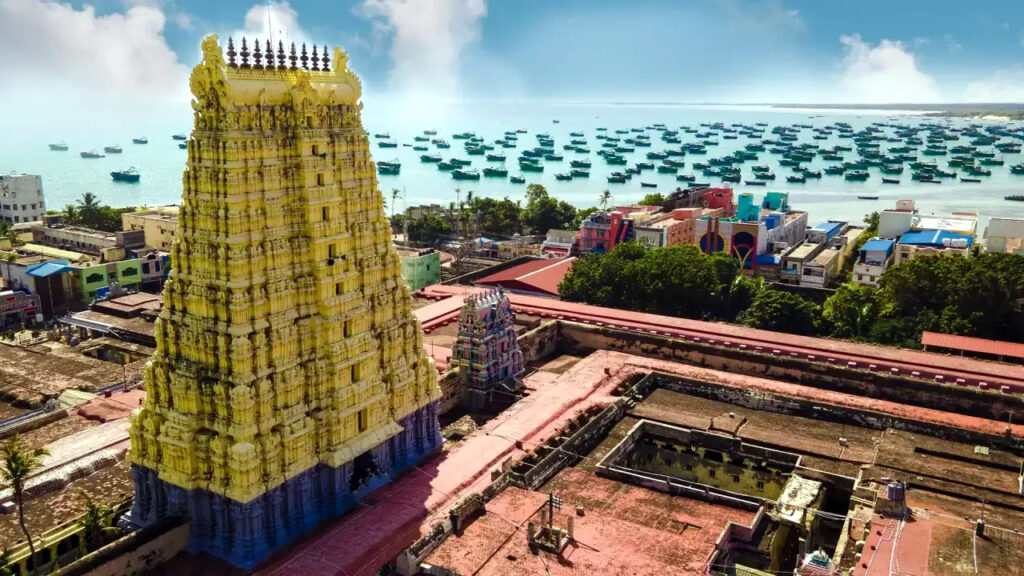Manashimaya

A town rich in myth and history, Rameswaram serves as a link between the past and the present. The tall spire of the Ramanathaswamy Temple dominates the skyline, and the sounds of mythology coexist peacefully with the clamor of excited tourists. This temple is regarded as one of the 12 jyotirlingas and has the largest corridor in the world, with 1,212 finely carved pillars. After defeating Ravana, Lord Rama is said to have worshipped Lord Shiva here. The historical significance of this temple was further enhanced in 1897 when Swami Vivekananda paid his respects there.
A key highlight of Rameswaram is its sacred 22 theerthams, especially the Agni Theertham, where pilgrims perform rituals for their ancestors. The town is also an essential stop in the revered Char Dham Yatra. Beyond the spiritual aura, the iconic Pamban Bridge, an engineering marvel since 1914, connects Rameswaram to mainland India. The soon-to-be-inaugurated new Pamban Bridge, with its vertical lift mechanism, is a testament to modern innovation.
A short journey away, Dhanushkodi, a ghost town devastated by the 1964 cyclone, offers an eerie yet mesmerizing experience. Here, the Bay of Bengal meets the Indian Ocean, creating a breathtaking confluence. The remnants of old structures whisper tales of resilience, while local vendors serve fresh seafood delights to visitors.
No trip to Rameswaram is complete without witnessing the enigmatic Ram Setu, believed to be Rama’s path to Lanka. Scientific curiosity and faith intertwine as satellite imagery hints at a once-existing land connection. From the floating stones at Panchamukha Hanuman Temple to the Abdul Kalam Memorial and Swami Vivekananda Memorial, Rameswaram captivates travelers, offering a journey through faith, history, and nature’s wonders.
